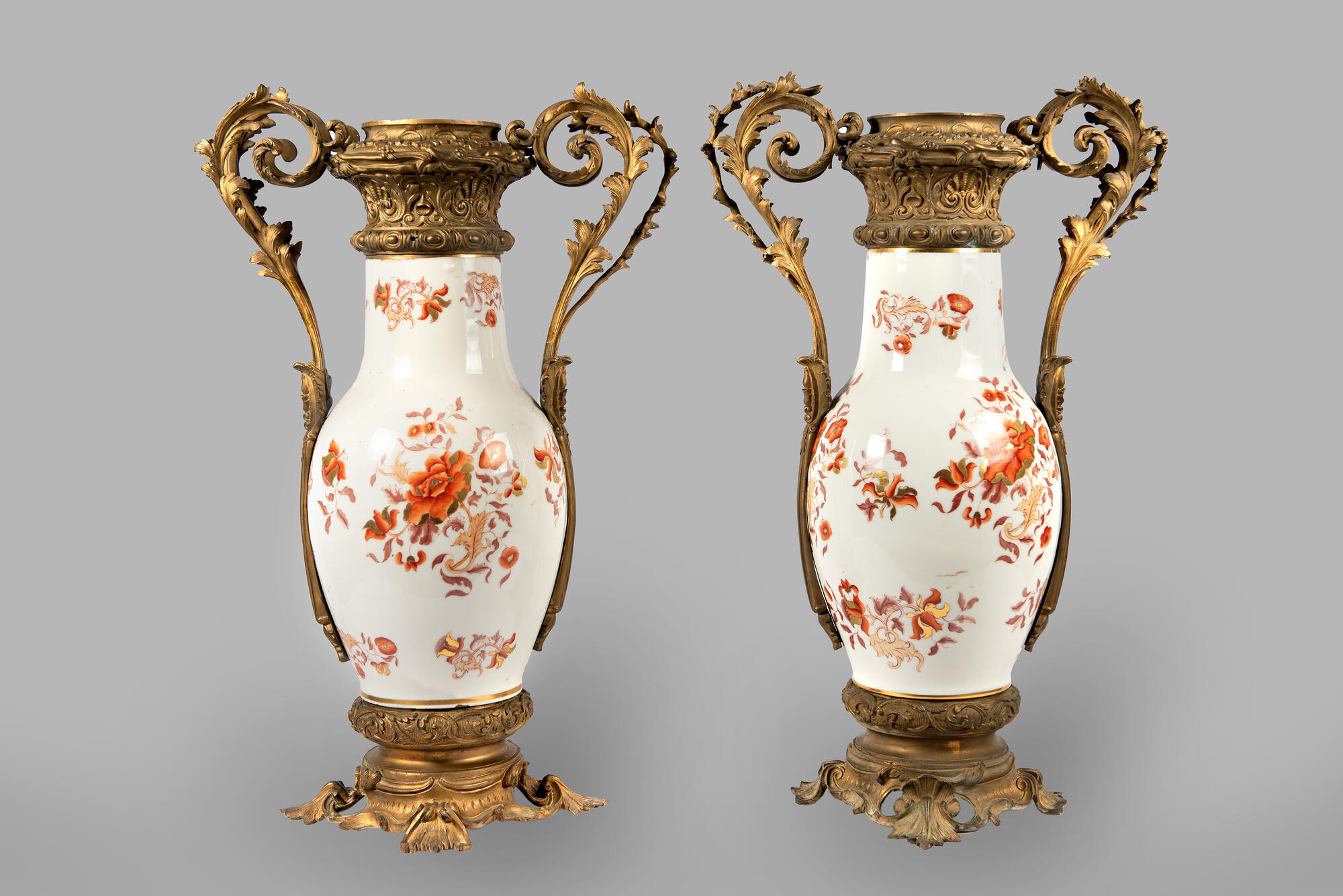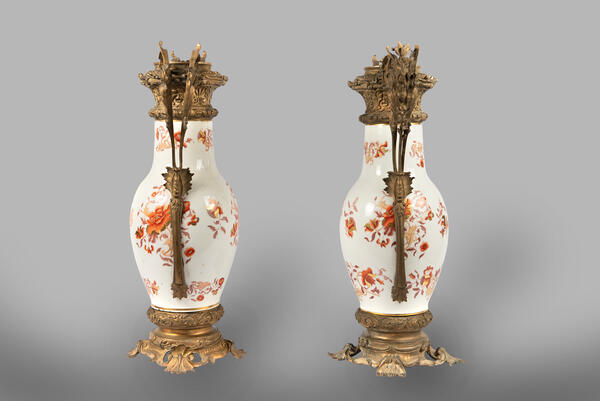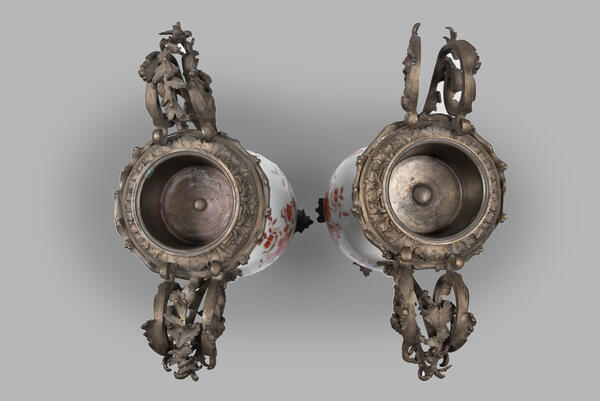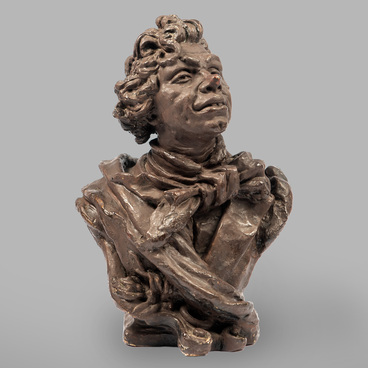From the very first candleholder to the present day, these objects have undergone many changes. They have evolved from simple stone stands for candles into works of art. In the Middle Ages, candleholders and candelabras made of metal were used mainly in churches and in the homes of wealthy families.
The Renaissance saw a turning point in the design development of candle holders. At that time, the beauty of the surrounding world became increasingly important. People began to focus on the ornamentation and, consequently, on decorating the accessories. During the Renaissance, candelabras eventually became a popular ornament. Masters decorated them with figures of people, animals, Greek gods, floral ornaments. From the 14th to the 17th century, copper candle holders became common in all wealthy homes.
Candelabras were lighting fixtures of different shapes and materials. For example, in the second half of the 18th century there were often candelabra vases on pedestals in the form of marble columns with a glass or stone body and a bronze lid. On the inside of the lid were stone or porcelain candles with a metal needle for fixing candles on it. During the day the vase served as a decoration and in the evening the lid was turned upside down so that the candles were on top and the vase served as a lighting fixture. Porcelain candelabras were also common.
Vases with roses or lilies (made of wood or metal) inserted into them, the cups of which served as candle holders, were very common. To illuminate the interior, large wooden candelabra vases, each with seven candles, were mounted on brackets. All candelabras were usually supposed to blend in with the interior and were seldom moved from place to place. They became an integral part of the decoration of a hall, unlike the candle holders, which were used as portable lamps.
In general, the 19th century saw a peak in the variety of candle holders and candelabras. The Rococo, Empire and Renaissance styles were popular.
The Renaissance saw a turning point in the design development of candle holders. At that time, the beauty of the surrounding world became increasingly important. People began to focus on the ornamentation and, consequently, on decorating the accessories. During the Renaissance, candelabras eventually became a popular ornament. Masters decorated them with figures of people, animals, Greek gods, floral ornaments. From the 14th to the 17th century, copper candle holders became common in all wealthy homes.
Candelabras were lighting fixtures of different shapes and materials. For example, in the second half of the 18th century there were often candelabra vases on pedestals in the form of marble columns with a glass or stone body and a bronze lid. On the inside of the lid were stone or porcelain candles with a metal needle for fixing candles on it. During the day the vase served as a decoration and in the evening the lid was turned upside down so that the candles were on top and the vase served as a lighting fixture. Porcelain candelabras were also common.
Vases with roses or lilies (made of wood or metal) inserted into them, the cups of which served as candle holders, were very common. To illuminate the interior, large wooden candelabra vases, each with seven candles, were mounted on brackets. All candelabras were usually supposed to blend in with the interior and were seldom moved from place to place. They became an integral part of the decoration of a hall, unlike the candle holders, which were used as portable lamps.
In general, the 19th century saw a peak in the variety of candle holders and candelabras. The Rococo, Empire and Renaissance styles were popular.







